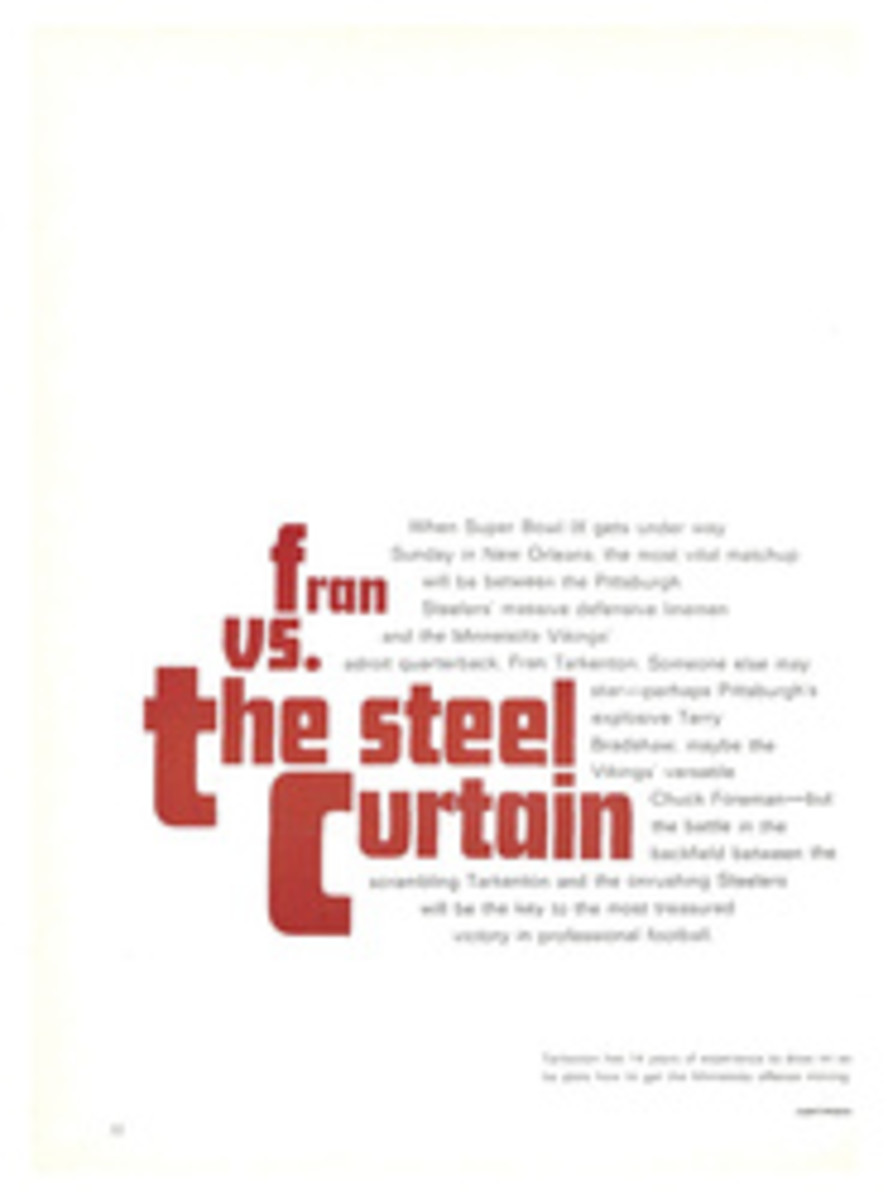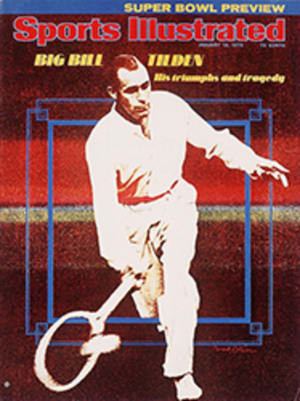
LeROY NEIMAN'S WORK REVEALS HIM, IN SOME WAYS, AS A CARBON-PAPER DALI
Recently, under the glazed stare of stuffed deer heads in the Hunt Room of New York's "21" Club, LeRoy Neiman, who is "America's Superstar Artist," according to his press release, presented himself and his just-published book of artwork, LeRoy Neiman Art & Life Style (Felicie, $35), to friends and critics. In addition to his paintings and drawings (underlined with comments so the reader can best appreciate what he is viewing), Neiman's book also contains a commentary on his life-style ("I am drawn to affectations"), a biography written in the staccato cadences of a Walter Winchell news bulletin, and a plethora of photographs of Neiman with his famous subjects. He is shown sketching an imperious Mae West and a bemused Muhammad Ali; on the back of an uninterested camel; hugging Ethel Kennedy; smiling with Joe Namath; swinging a bat with Johnny Bench.
Neiman began his art career in sewing rooms, as a fashion illustrator for designers like Yves St. Laurent. His work appeared in Vogue, Harper's Bazaar and Bride's Magazine. Over the years, through persistence and the cultivation of a highly distinctive style—he is known as "a flamboyant colorist"—he became a personality as gaudy as those he portrays. In fact, at a poor showing of the New York Jets one Sunday in Shea Stadium, fans began to yell, "Put LeRoy in!" Often, Neiman's mere presence at an event overshadows it and the work he produces there. Such status now brings him as much as $25,000 for a painting. He is best known for his sporting canvases and lithographs.
"LeRoy has style," said a publisher of coffee-table books-while sipping a drink at "21." "He discovered it 10 years ago and it's made him a lot of money. He's a very wealthy man you know, extremely. He has some beautiful suits. Still, I don't think he's put his soul into a painting in 10 years."
At 44, Neiman has a lion's mane of lustrous black hair, a surprisingly wispy, up-curled mustache and pale, puffy good looks. Perpetually clamped between his teeth or propped between his fingers is a long, thin cigar the length of an artist's paintbrush. Maddeningly, the cigar never seems to diminish. Like plastic firewood, it appears to be an electronic prop that never sheds an ash.
Neiman's friend and mentor, Salvador Dali, is also a believer in image-making props and elaborate mustaches, and, like Dali, Neiman has been accused by critics of expending more energy on the creation of his public character than on his art. The energy is not entirely misspent. His personal flamboyance obscures deficiencies in his art. At best, he is only an adequate draftsman. His outrageous use of colors tends to divert viewers from the ambiguity of his line. For example, Neiman's painting of blacks in motion on pages 200-201 of his book is nothing more than color on a black background. The figures are frozen. It is only the splashed colors that give an illusion of movement, really a spasmodic twitching. The viewer's eyes flit from color to color so that when he leaves the painting he remembers those essentially static figures being jerked about like poorly manipulated string puppets.
It is ironic that Neiman's reputation is most firmly rooted in his portrayal of athletes and sport, since his most glaring defect is his inability to impart any sense of motion to figures. To create a sense of speed in his watercolor of hockey players skating down ice (page 203), Neiman resorts to the cartoonist's trick of drawing lines out of the backs of his figures, suggesting movement that the figures themselves lack. Only his sketches of athletes in repose, most especially standing during the playing of the national anthem, capture feeling and the moment: his sketches of Willis Reed, hands clasped behind his back, head bowed (page 267), and Bill Russell, his tiny head pitched forward and tilted slightly upward like a belligerent crane's (page 269), are particularly effective.
Even one of Neiman's better works, a sketch of two wrestlers entwined on a canvas (page 227), lacks a sense of stress and strain. The men appear to have methodically and effortlessly wrapped themselves around each other at the direction of the artist, and then held that pose while he worked. Still, this is a fine drawing, one in which Neiman discards the crutch of color and sketches in pencil. On the rare occasions when he works in colder, more revealing, black and white, Neiman forces himself to take greater pains, and that effort shows.
The feeling one gets that most of his figures are posing is understandable enough when one recalls his background as a fashion illustrator. In fact, Neiman seems unable to shake that background, seems merely to look, without seeing, at his models, and then draw from memory. His women all resemble elongated fashion models except that they are much more full-breasted, like Barbie Dolls or maybe cartoons of Bunnies in Playboy, a publication for which Neiman does much work. In the end, one leaves Neiman's book with the impression that his figures and their poses are merely clichés, splashed with discordant color but otherwise perfectly suitable for a Bloomingdale's advertisement on the pages of The New York Times.

